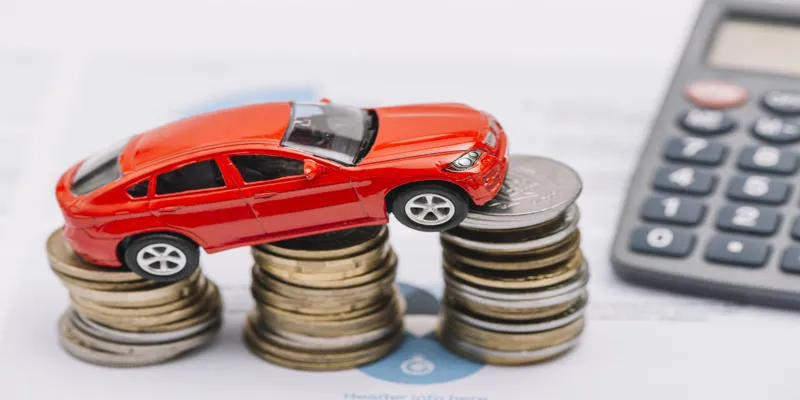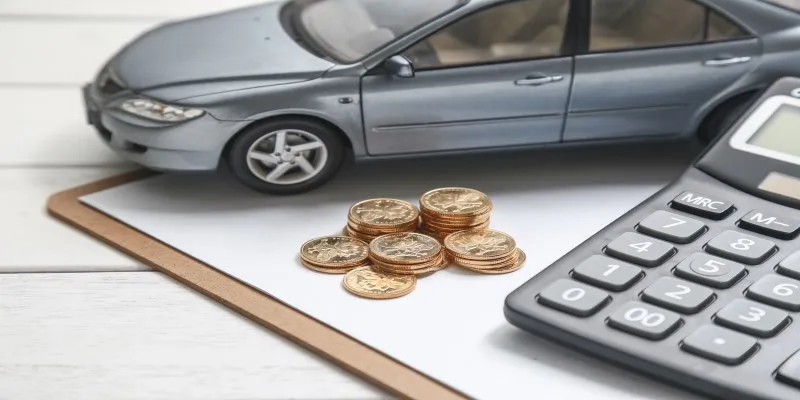Get Preapproved for a Car Loan in 3 Easy Steps | Simple Guide
The first and one of the most important things you’ll want to do during this process is get a car loan. Before you head out to shop for your new car, however, you might consider getting preapproved for that loan. Having a preapproval will certainly make the experience go more smoothly, and you will get an upper hand in your negotiations with dealers. What’s good about that? Getting preapproved for a car loan is much easier than you think. You can do it in just three simple steps.
Why Getting Preapproved for a Car Loan Makes Sense
Before diving into the steps, let’s consider why getting preapproved is so smart. First, preapproval makes you appear as a more serious buyer to sellers. Preapproval helps you set up a budget, so you waste less time looking at cars you cannot afford. It really is a clear financial map for the purchase.

In addition, car dealerships usually have financing options that are very attractive but may not always offer the best interest rates. It is possible to get preapproved through a lender of your choice, which then allows you to shop around for the best deal without having to be tied to the dealership’s terms. Basically, preapproval gives you flexibility and confidence in negotiating while avoiding hidden costs.
Step 1: Check Your Credit Score
First, check your credit score. Your credit score will determine how high or low your car loan interest rate is going to be. Your chances of getting the best interest rate will always depend on having a high credit score. Most lenders give the best terms to borrowers who have good or excellent credit scores. Borrowers with poor credit will have higher interest rates, and some lenders will deny the loan.
Fortunately, it does not take a rocket scientist to check your credit score as most of the credit card companies and financial institutions also give free access to your monthly credit score. In case it is not accessible to the individual, they can request reports from any of the top three credit bureaus, namely Equifax, Experian, or TransUnion.
If your credit score isn’t as high as you’d like, don’t panic. There are still options available. Some lenders specialize in offering car loans to borrowers with less-than-perfect credit. However, be prepared for potentially higher interest rates or a larger down payment. Improving your credit score before applying for a loan can also help you secure a better rate, so it’s worth working on improving your score if time allows.
Step 2: Gather Necessary Documentation
Once you’ve checked your credit score and determined where you stand, the next step is to gather the necessary documentation for the loan application. Lenders will require a few key pieces of information to assess your financial situation and determine whether you’re eligible for preapproval. Here’s a list of documents you should have on hand:

- Proof of Income: This could be in the form of recent pay stubs, tax returns, or bank statements. Lenders need to verify that you have a steady income to repay the loan.
- Proof of Address: Utility bills, lease agreements, or other documents that show your current address are typically required.
- Personal Identification: A government-issued ID (like a driver’s license or passport) will be necessary for verification.
- Employment Details: Some lenders may ask for details about your employer, such as the company name and your position.
- Social Security Number (SSN): Lenders will need your SSN to run a credit check and assess your financial history.
Having these documents ready will speed up the process and ensure that the lender has everything they need to make a decision. It’s also a good idea to have a list of any current debts or obligations (such as student loans or mortgages) since lenders will often ask about your existing financial commitments.

Step 3: Apply for Preapproval
Now comes the part where you actually apply for preapproval. While each lender may have its own process, the application itself is typically straightforward. You can apply online, over the phone, or in person, depending on the lender’s offerings. Some lenders, such as banks and credit unions, may allow you to apply directly through their website. Other options include online lenders or even dealership-affiliated financing partners.
When applying, make sure to provide all the necessary information, such as:
- Your personal details (name, address, SSN, etc.)
- Your employment and income information
- Your desired loan amount and term (such as the length of the loan and monthly payment)
Once you’ve submitted your application, the lender will review your credit and financial information. In most cases, you’ll receive a response within a few minutes to a few days. If you’re approved, you’ll receive a preapproval letter outlining the loan terms and the maximum amount you’re eligible to borrow. This letter is your proof of preapproval and can help you when negotiating the price of the car.
What Happens After You Get Preapproved?
After you’ve been preapproved, you can start shopping for your car. The preapproval letter typically includes the loan amount, the interest rate, and the term (how long you’ll have to pay off the loan). This gives you a clear idea of your budget when you’re at the dealership, making the entire car- buying process less stressful.
It’s also worth noting that your preapproval is usually valid for a certain period, often 30 to 60 days. If you don’t buy a car within that time, you may need to reapply for preapproval or provide updated financial information. Additionally, while the preapproval gives you a good estimate of your loan terms, the final approval may still depend on the car you choose and its price, as well as other factors like your creditworthiness at the time of purchase.
Conclusion
Getting preapproved for a car loan is a simple yet powerful tool to ensure you’re making smart financial decisions. By following these three easy steps—checking your credit score, gathering the necessary documents, and applying for preapproval—you can take the guesswork out of your car purchase and start shopping with confidence. Not only will it give you clarity on how much you can afford, but it will also provide you with the flexibility to negotiate better terms with dealerships. So, why wait? Get started today and enjoy a smoother, more successful car-buying experience.






